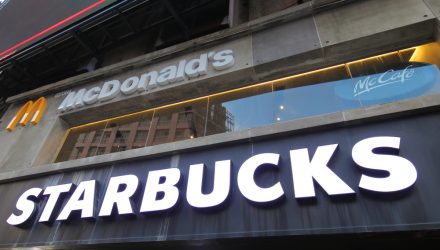Starbucks and McDonald’s are exiting Russia nearly three months after the country launched its invasion of Ukraine.
On Monday, Starbucks announced that it will no longer have a brand presence in Russia after 15 years in the country. The Seattle-based global coffee chain has 130 licensed locations in the country, which aren’t directly operated by the company itself. The Russian market accounts for less than 1% of the company’s annual revenue. According to the coffee giant, nearly 2,000 employees in Russia would continue to be paid for six months and receive help finding new jobs outside of the chain.
“One thing that we’re very proud of is we’re continuing to pay our partners in Russia,” said Starbucks CEO Howard Schultz.
Starbucks first suspended its licensee’s Russian business on March 8.
This move from Starbucks follows McDonald’s Corp. announcing last week that it was selling its Russian business to its current licensee in the market, Alexander Govor. The financial terms of the deal were not disclosed.
As part of the deal, Govor will acquire all of McDonald’s Russian locations and will operate them under a new brand. He also agreed to retain employees for at least two years, on equivalent terms, and fund the salaries of corporate employees who work in 45 regions of the country until the deal closes and existing liabilities to suppliers, landlords, and utilities.
McDonald’s had roughly 850 restaurants in Russia, most of which were directly operated by the company instead of licensees. The fast food giant has been in the country since 1990.
McDonald’s said it would temporarily shutter its Russian locations in March shortly after the war in Ukraine commenced.
Starbucks and McDonald’s pulling out of Russia could impact the Franklin Liberty U.S. Low Volatility ETF (FLLV), in which both companies are holdings. FLLV is an actively managed fund that seeks to identify and invest in U.S. companies with the lowest volatility profile in each sector. The fund seeks capital appreciation while aiming to provide less market turbulence than the Russell 1000 index.
As with many single-factor funds, FLLV may not be diversified enough to stand alone as a core U.S. equity holding. It is more likely to be useful to investors who want to overlay a low-vol tilt on top of a core allocation to U.S. markets.
FLLV has an expense ratio of 0.29%.
For more news, information, and strategy, visit the Volatility Resource Channel.

